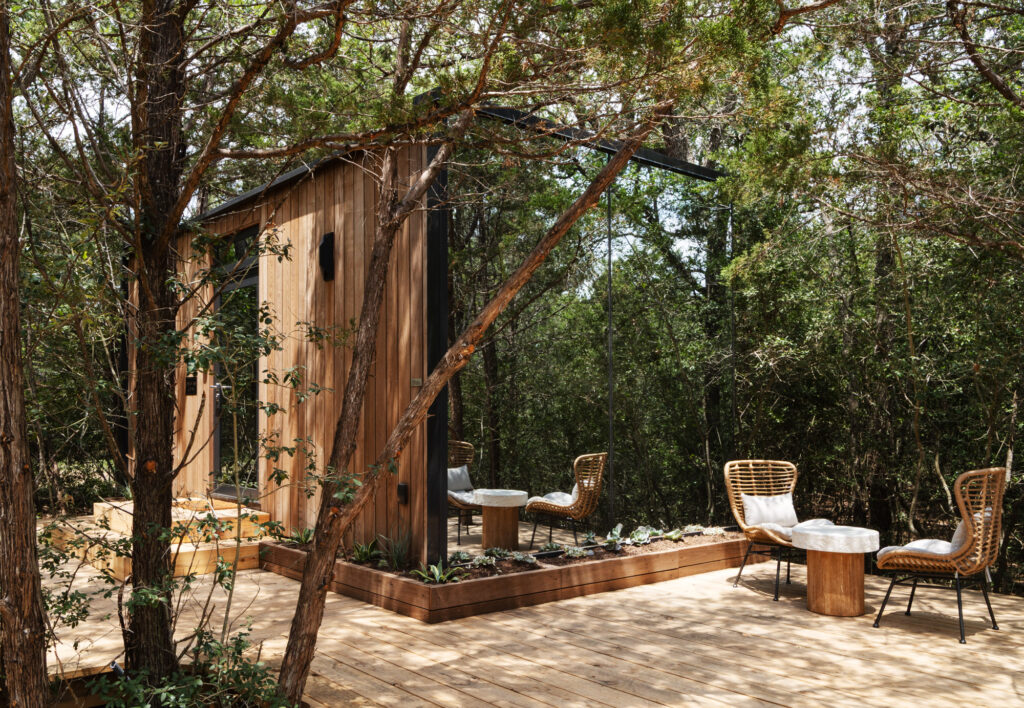
Design for a Changing Climate
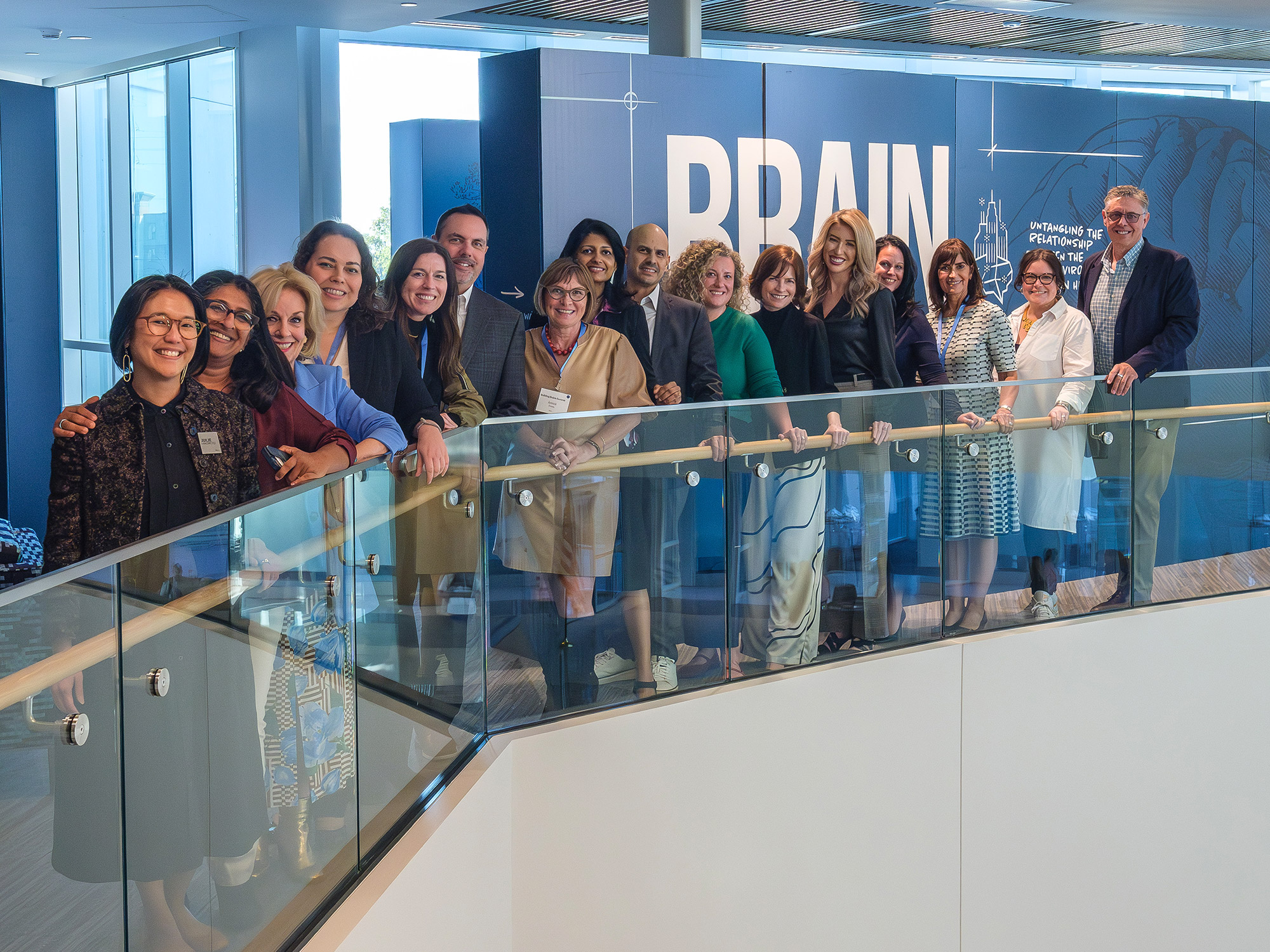
As architects, we intuitively understand how design affects the way people feel in a space. Yet it can be difficult to convey to clients the value of elements that support less tangible outcomes. Increasingly, observational and experimental research confirms a strong connection between building design and occupants’ health and cognitive function. Terms like biophilia and neuroaesthetics—once niche—are gaining traction, offering a scientific framework for measuring these effects. However, awareness of these concepts outside the design world has lagged.
The Building Brains Coalition seeks to change that. Formed by five leading organizations—the Center for BrainHealth, the Center for Advanced Design Research and Evaluation (CADRE), HKS, the Brain Capital Alliance, and Rice University’s Baker Institute Neuro-Policy Program—this multidisciplinary initiative aims to elevate brain health in design conversations and policy. Its focus includes neurological and mental health as well as cognitive performance.
“It all started at the 2023 Science Summit at the United Nations General Assembly,” recalls Julie Hiromoto, FAIA, a partner and director of integration at HKS and founding member of the coalition. “We were the only architects in the room.”
While economists and policymakers at the summit discussed “brain capital”—the cognitive and mental well-being of a population as an essential economic driver—the built environment was absent from the conversation. Brain capital emphasizes investment in education, health, and innovation. For Hiromoto, that presented a clear opportunity.
“The built environment is probably one of our most underleveraged assets for change,” she says. “We kept asking, ‘How do we get the built environment to show up on this agenda? What can we bring to this conversation?’”
That question led to the first Building Brains Summit in Dallas in 2024. The event convened healthcare professionals, neuroscientists, urban designers, developers, and policymakers to explore how design can promote cognitive well-being.
“We spent the whole day talking about how the built environment can drive positive outcomes for brain health,” says Hiromoto. “It got [people] thinking about the built environment in a way they had not before. It was a shift from myopic, short-term, first-cost thinking to a much larger system of values.”
While the ideas explored have national relevance, the coalition sees Texas as uniquely positioned to lead. With its rapidly growing cities and forward-looking development, Texas can pioneer brain-health policy, influencing building codes and regulations to impact all projects, not just those with particularly engaged clients.
“Dallas, like many other Texas towns, has been experiencing a consistent boom,” says Ryan Schutt, AIA, HKS principal, office director, and studio design leader for commercial/mixed-use. “Because of this growth, we have an opportunity to make policy changes that address brain health and not just talk about them. Dallas, and Texas cities, really can be [catalysts] and demonstrate what these concepts are doing.”
Beyond policy, the coalition is expanding its reach through education and industry collaboration. Summit organizers have initiated discussions with faculty at universities including the University of Pennsylvania, Howard University, and Texas A&M University to create K–12 curricula focused on brain-healthy design, infrastructure, and practices.
Interest has also grown across architecture-adjacent industries. This summer, the Business Collaborative for Brain Health will host a roundtable on the subject in Houston, and the Urban Land Institute will partner with the Brain Capital Alliance for a panel discussion. The next Building Brains Summit, scheduled for 2026 at the Georgia Institute of Technology, will focus on expanding awareness in the Southeast.
“At this moment, we’re at a formative stage,” says Hiromoto. “The whole point of the coalition is to create a space where everyone has a say in what this might become and to connect those with project ideas to the resources they need.” To learn more or get involved, visit buildingbrainscoalition.org.

Allison Peitz, AIA, is an architect at Lake Flato Architects in San Antonio.

Design for a Changing Climate

Reimagining the Courtyard House
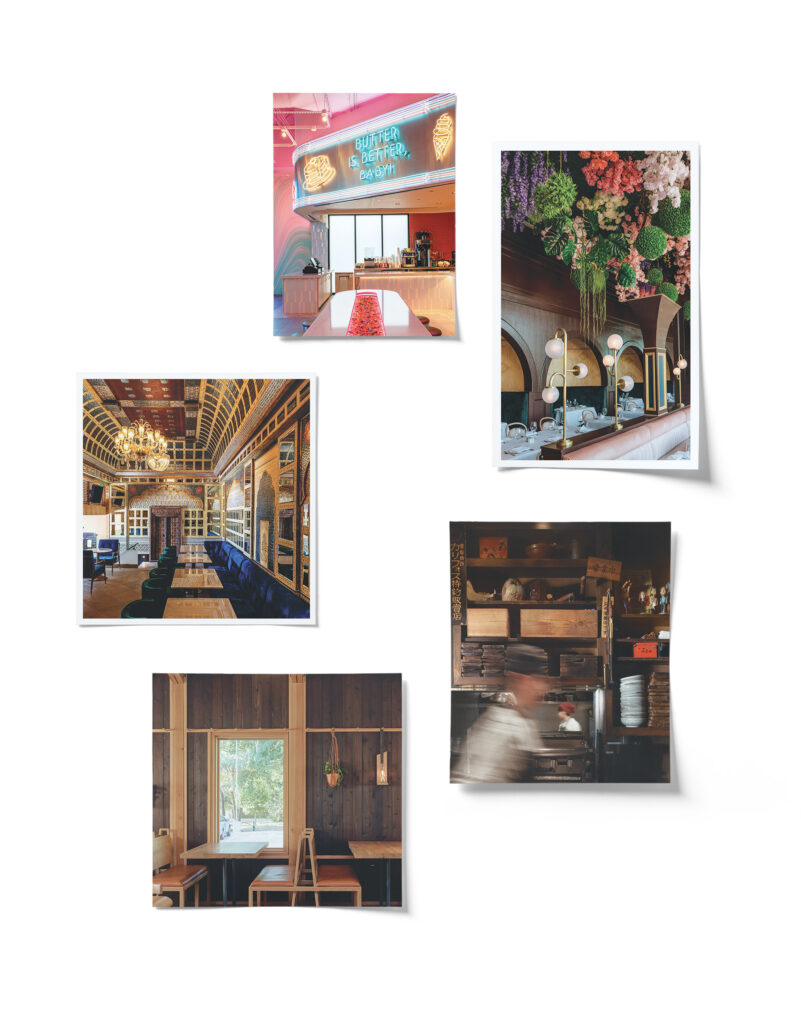
Shaping the Culinary Experience

Modern Hospitality Meets Cultural Legacy
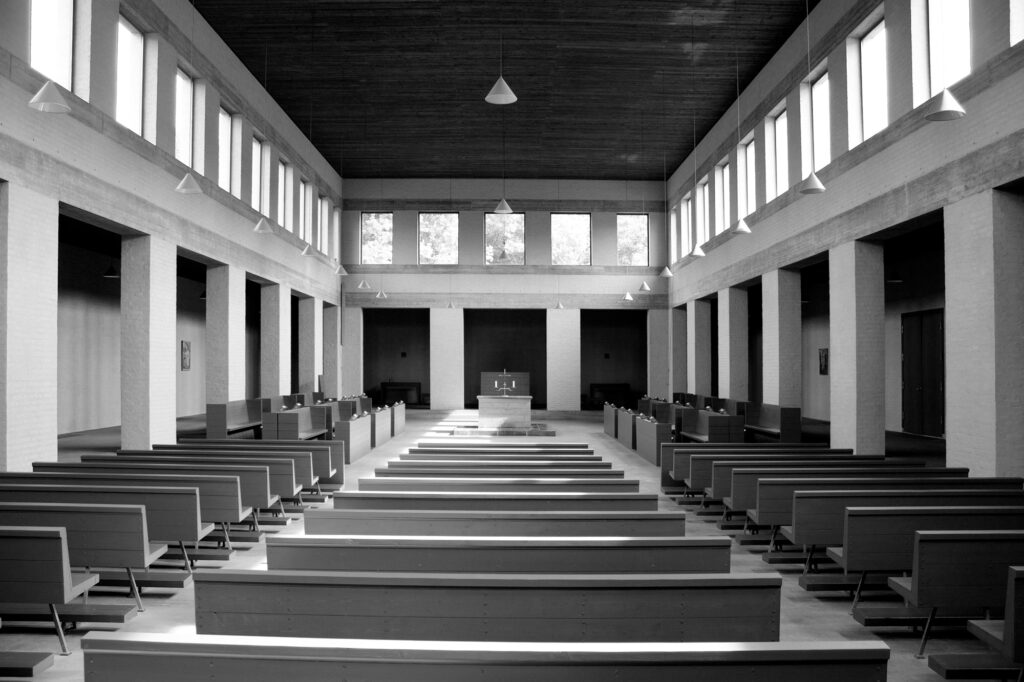
At the Intersection of Neuroscience and Design

Snøhetta Transposes the Borderland

Designing for Neurodiverse Students
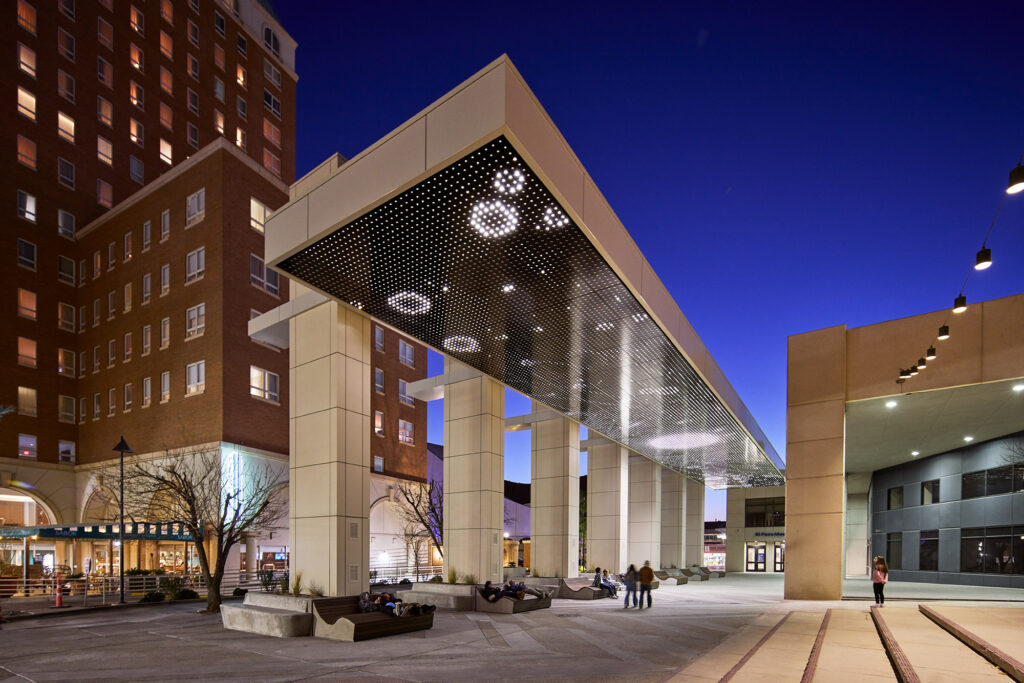

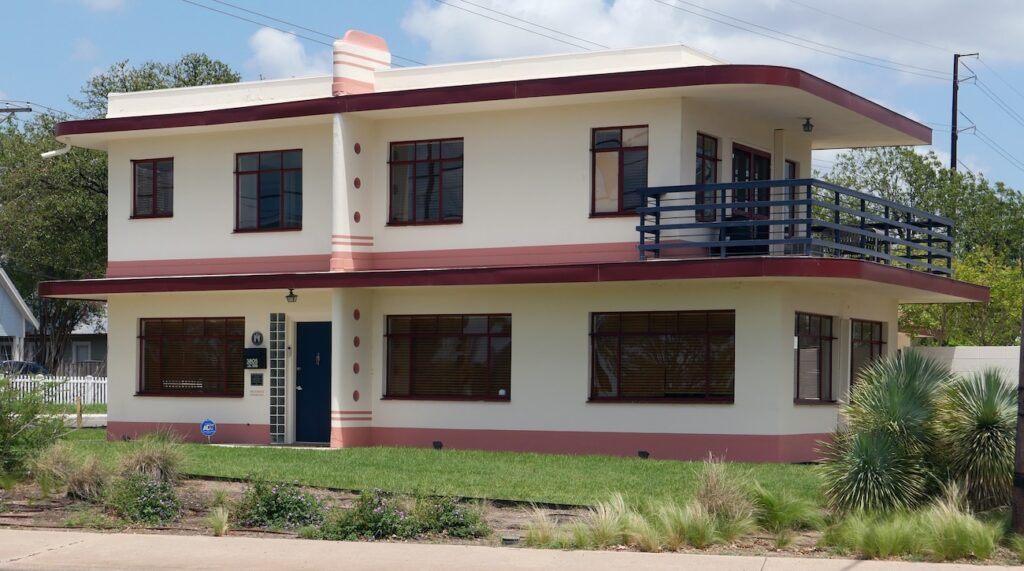
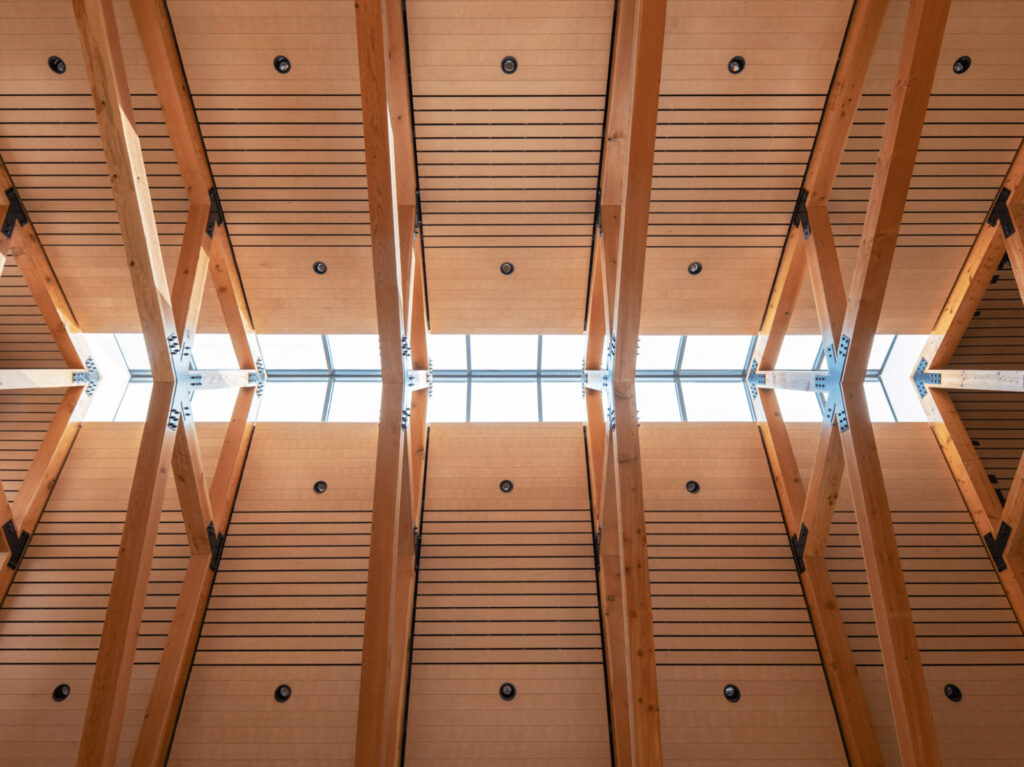
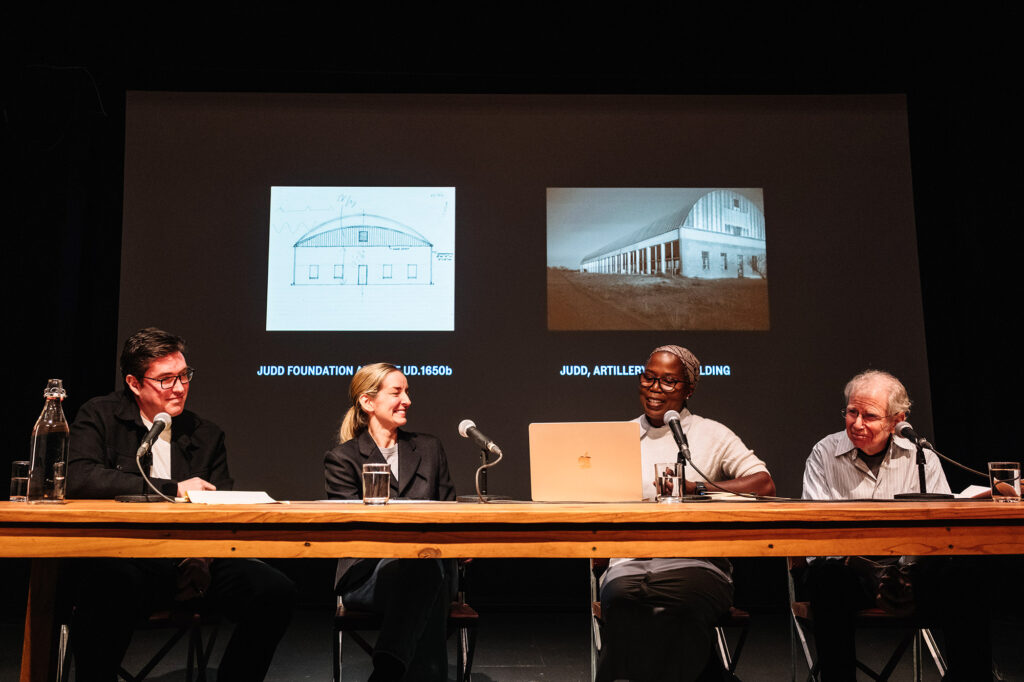
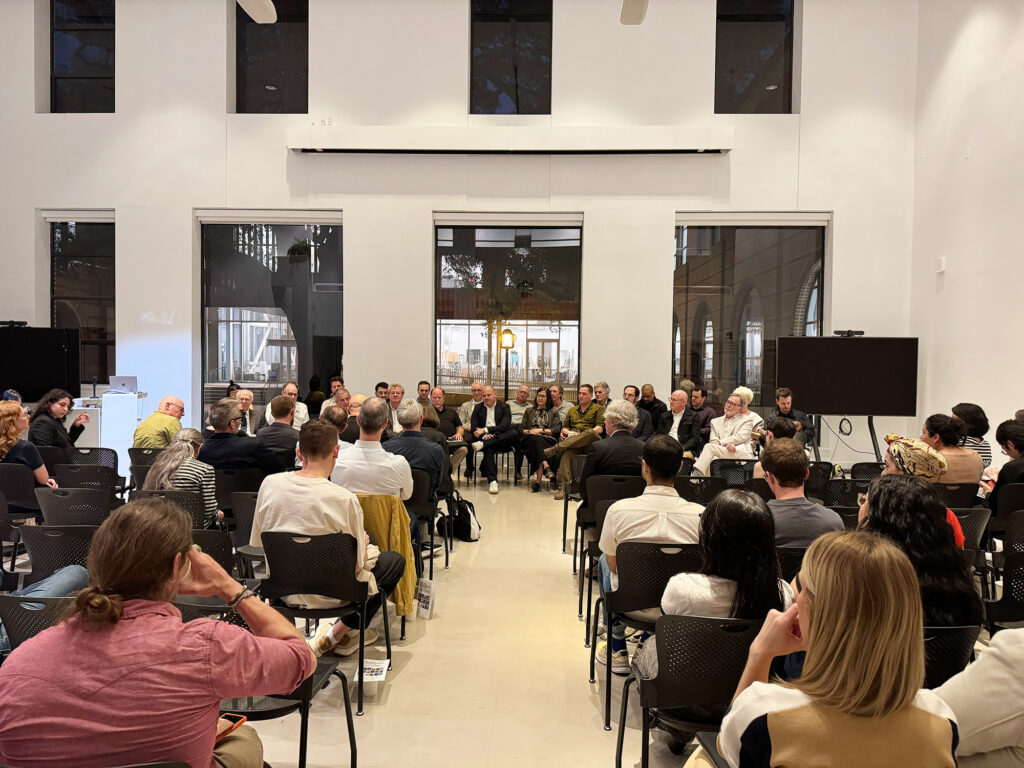
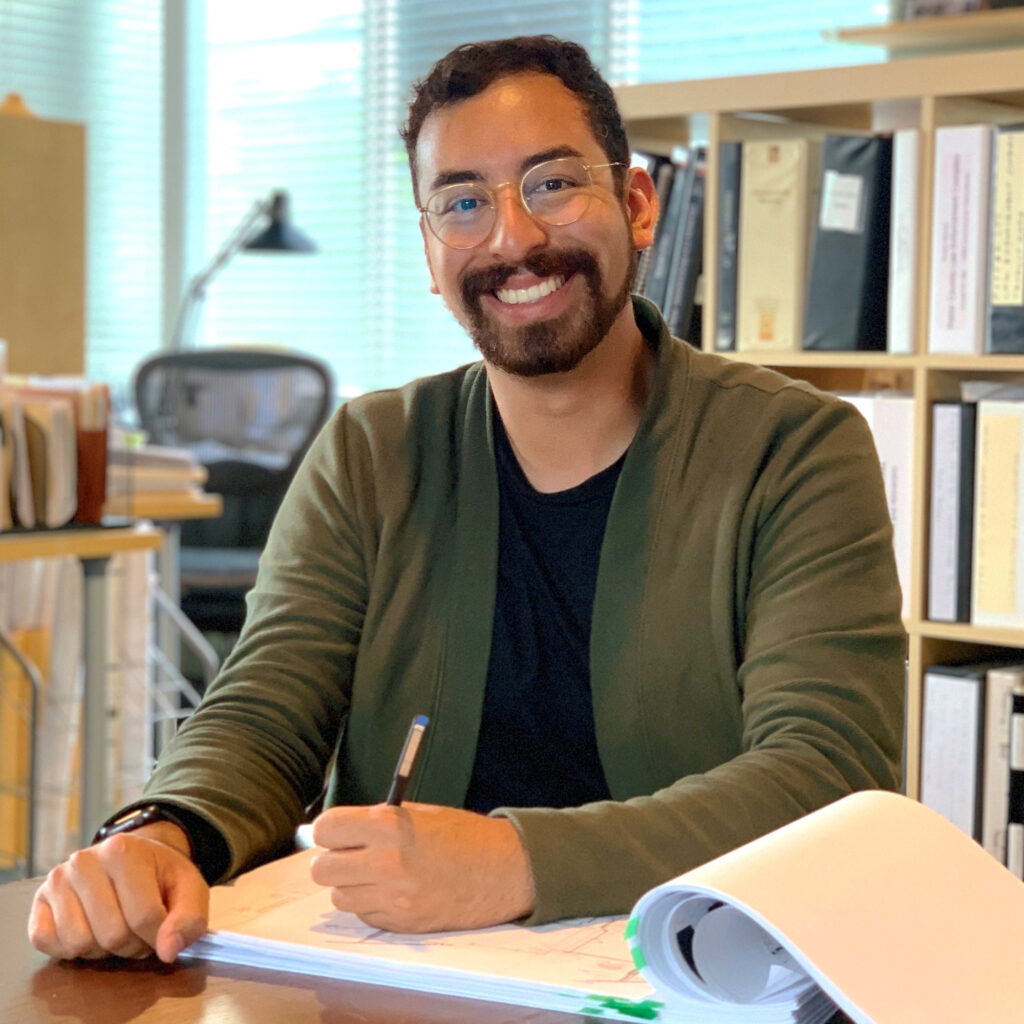
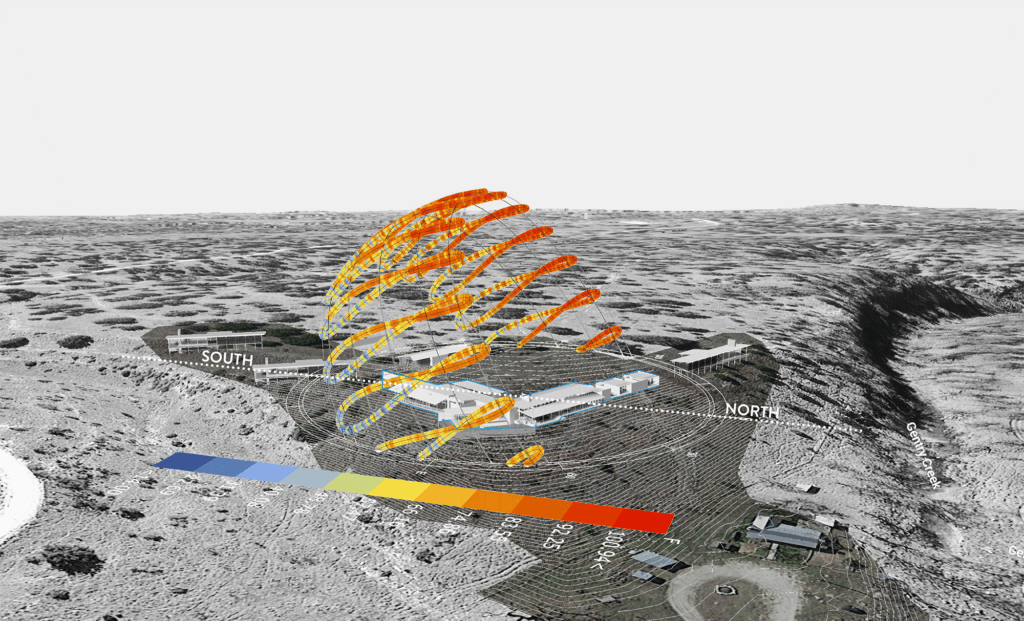

These finishes and furnishings focus on the power of color to influence mood, productivity, and overall well-being.
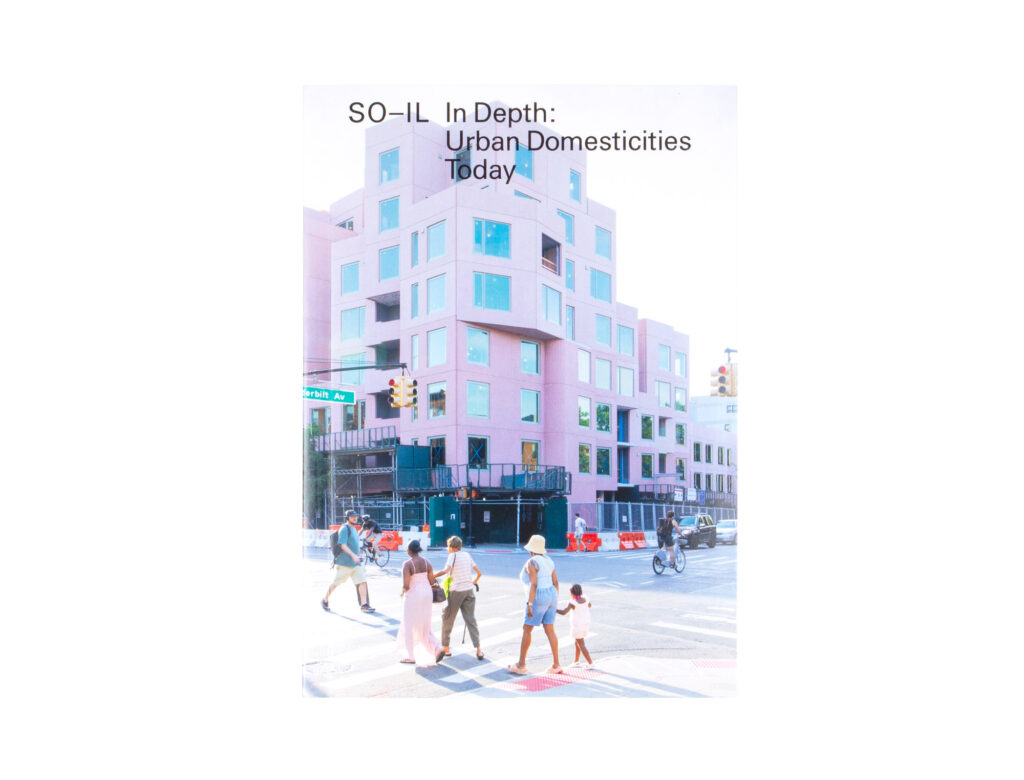
In Depth: Urban Domesticities Today
Edited by Florian Idenburg, Jing Liu, et al.
Lars Müller, 2025

Concrete Architecture
Phaidon Editors, with Sam Lubell and Greg Goldin
Phaidon, 2024
